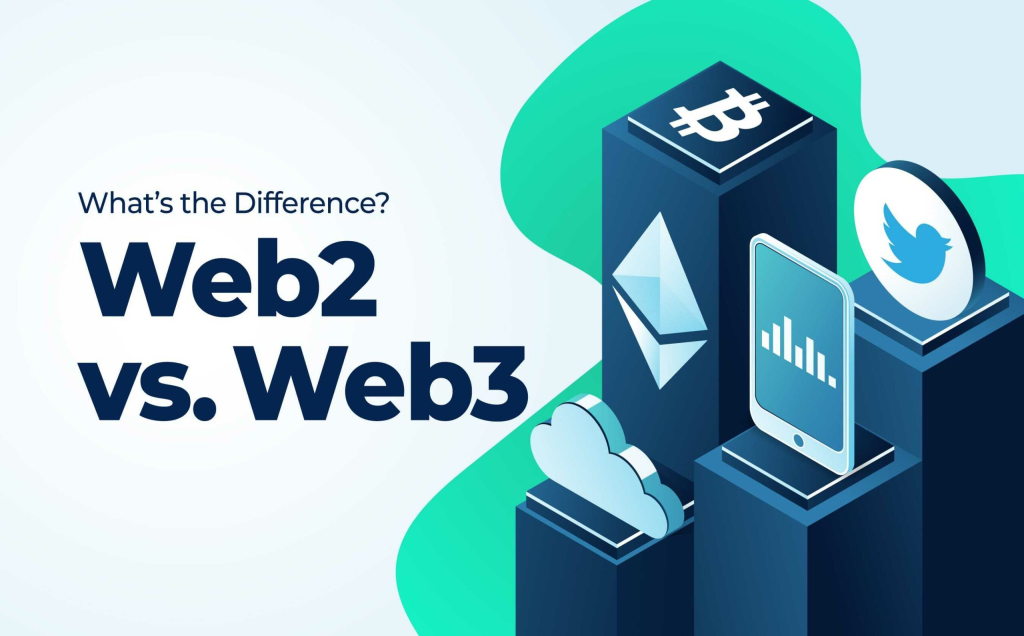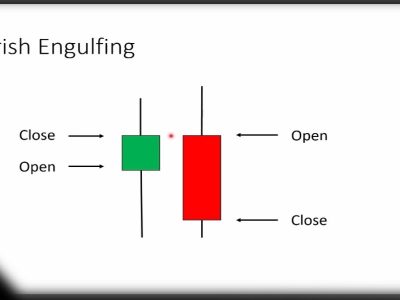In the world of web development, there’s always something new to learn. And if you want to stay ahead of the curve, you need to be on top of the latest trends. Two of the big buzzwords in web development right now are Web2 and Web3. But what exactly are they? And more importantly, which one is better? In this blog post, we’ll explore the differences between Web2 and Web3. We’ll also take a look at some of the pros and cons of each so that you can make an informed decision about which one is right for your project.
You can also read: What is a head and shoulders pattern?

Web2
There are two different types of web: (Web 1.0 and Web 2.0)
Web 1.0 is the original web that was created in the 1990s. It is a static web where users can only view information; they cannot interact with it or other users.
Web 2.0 is the next generation of the web that emerged in the early 2000s. It is a dynamic and interactive web where users can not only view information, but also share it and interact with others.
So, which one is better? That depends on what you’re looking for. If you want a simple way to view information, then Web 1.0 is probably sufficient. However, if you’re looking for a more interactive and social experience, then Web 2.0 is the way to go.
Web3
Web3 is the third generation of the World Wide Web. It is an extension of the current web that allows for more interaction between users and devices.
With Web3, users will be able to interact with each other and with devices in a more natural way. This will allow for a more immersive experience when using the web.
Web3 will also allow for more data to be shared between users and devices. This data can be used to improve the user experience and to make sure that everyone has the most up-to-date information. Web3 is still in development, but it has the potential to revolutionize the way we use the web.
Pros and Cons of Each
There are pros and cons to each approach. Here are some key points to consider:
Web Applications:
Pros:
- Can reach a larger audience since users do not need to install anything
- Updates are automatically pushed to users
- Can take advantage of web technologies such as APIs and caching
Cons:
- require a constant internet connection
- can be slower than native applications
- can be more difficult to design for a variety of screen sizes
Native Applications:
Pros:
- Can work offline
- Have access to more phone features (such as the camera and GPS)
- Can be faster and more responsive than web applications
Cons:
- Users need to install them from an app store
- Requires separate development for each platform (iOS, Android, etc.)
Which One is Better?
There are many factors to consider when deciding whether web or app development is right for your project. Here are some key considerations:
- Cost: App development can be more expensive than web development, particularly if you need to develop for multiple platforms.
- Complexity: Apps can be more complex to build than websites, and may require specialized skills and knowledge.
- Discovery and reach: It can be easier for users to find and use a website than an app, particularly if they don’t have access to the relevant app store. However, apps often offer a richer and more immersive experience than websites.
- Updates and maintenance: Websites are generally easier to update and maintain than apps, which may need to be updated through the app store.
Conclusion
There is no clear winner when it comes to web2 vs. web3. Each has its own advantages and disadvantages. Web2 is faster and more convenient, while web3 is more secure and private. Ultimately, the decision of which to use depends on your needs and preferences.











